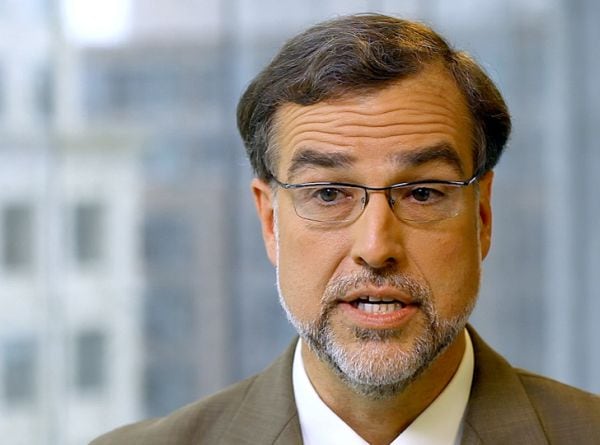In a paper published in Reproductive Toxicology yesterday, Tom Neltner and colleagues from the Pew Health Group conclude that many ingredients manufacturers are allowed to add to food are not supported by sufficient toxicological data proving they are safe.
The paper comes hot on the heels of a study published last week in JAMA Internal Medicine alleging that conflicts of interest are “ubiquitous” in GRAS [Generally Recognized As Safe] determinations.
Almost most two-thirds of FDA-regulated additives lack publicly available feeding data
In the latest study, Neltner et al developed a searchable list of additives allowed in human food and cross-referenced them to supporting toxicology studies.
This found that “almost 80% of direct additives lacked relevant information to estimate how much is safe to eat in FDA’s database”; that “93% of direct additives lacked reproductive or developmental toxicity data in FDA’s database”, and that “almost two-thirds of chemical additives appear to have been declared safe for use in food without the benefit of being fed to an animal in a controlled toxicology study”.
And this is pretty alarming, the authors conclude: “The scientific basis for the safety determination of chemical additives may be questionable in the absence of toxicology data.
“A program is needed to fill these significant knowledge gaps by using in vitro and in silico methods complemented with targeted in vivo studies to ensure public health is protected.” Click here to read the study in full.
Toxicologist: Authors do not point to single instance of a food substance that caused an adverse effect
However, toxicologist Claire Kruger PhD, president of Spherix Consulting (a division of ChromaDex), said Neltner et al “could not point to a single instance of a food substance that caused an adverse effect”.
Dr Kruger, who acknowledged that Neltner et al had raised some valid points in his last study, said this one was much more problematic, adding: “They demonstrated no link between their view that testing is inadequate and a demonstration that any of these food substances have caused or ever will cause harm.”

Her main gripe is that Neltner’s approach lumps all food substances together, and assumes the same kind of data is needed to prove the safety of “very different substances with different uses, toxicological potentials, regulatory histories and vastly different exposures”.
Yet the level of testing and types of information needed for determining safety “must be based on intended use, potential for toxicity and structural alerts”, she asserted.
For example, she asked,“Would it be scientifically sound and ethically appropriate to complete unnecessary toxicology testing on a fiber or a starch? There are instances where advances in scientific methodology allow us to apply the appropriate understanding of toxicological potential and food grade specifications to allow safety to be assured in the absence of classic toxicology studies.”
Are additional animal toxicology assays needed?
In fact there are multiple classes of substances for which an “appropriate application of scientific process and judgment would preclude the need for additional animal toxicology assays to determine safety”, she argued.
These include:
- Substances that have undergone Select Committee on GRAS Substances (SCOGS) review by qualified scientists chosen for their experience and judgment with due consideration for balance and breadth in their appropriate professional disciplines.
- Substances used in food-contact articles that have a threshold of regulation exemption because they migrate into food at negligible levels and comply with the reasonable certainty of no harm standard.
- Substances used in food-contact articles that result in cumulative exposures below a set threshold for which a minimum level of safety testing, not including animal toxicology testing, is recommended.
- Substances that are derived from already consumed food sources for which human data can be used as the basis for predicting toxicity for the component (eg. some non-digestible fibers, starches, fats, proteins).

Meanwhile, the database Neltner et al accessed would not have included unpublished data held by industry, she added
Finally, commenting on using computation toxicology and high-throughput in vitro testing for risk assessment in place of traditional animal toxicology, something Neltner et al recommend to deal with the alleged data gaps, she said: “The practical application of this approach for risk assessment is, at its most optimistic, a VERY long way off.”
AIBMR Life Sciences: Where are the bodies?
John Endres ND, chief scientific officer for the natural and medicinal products division of AIBMR Life Sciences, said the GRAS system was not perfect and that there are always going to be some unscrupulous companies that do not do things the right way.
However, he also noted that Neltner et al do not provide any evidence that the alleged weaknesses in the system have put the public at risk, adding: “Where are the bodies?”
Meanwhile, if there if there are signals from the market that a substance in the food supply may not be safe, the FDA can take action, he said.
For example, in 2010, the FDA sent letters to companies asking if they had determined that adding caffeine to alcoholic beverages was GRAS following reports of adverse effects. In 2011 it found a GRAS submission to this effect to be insufficient and issued warning letters directing firms to end this practice. It is also holding a series of workshops with the IOM this month about caffeine.
Source: Reproductive Toxicology, August 13, 2013
‘Data Gaps in Toxicity Testing of Chemicals Allowed in Food in the United States’
Authors: Thomas G. Neltner, Heather M. Alger, Jack E. Leonard, Maricel V. Maffini
